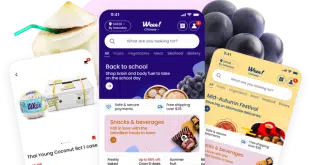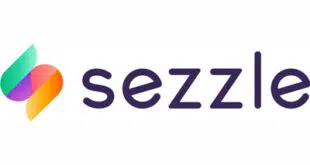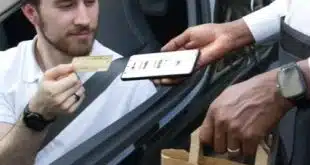In what may be a harbinger of things to come in mobile-payments pricing models, Boston-based LevelUp has dropped its merchant-acceptance fee from 2% of the transaction to zero. Instead, the company will earn merchant fees of 35 cents per dollar of incremental sales generated by the redemption of rewards earned by LevelUp customers.
With the new pricing model, when a LevelUp customer makes her first purchase at a LevelUp merchant using the $2 introductory incentive funded by the merchant, LevelUp will earn 70 cents as compensation for having delivered a new customer. If the consumer spends more than $2, the merchant pays no additional processing or interchange fees.
LevelUp will earn additional merchant fees on future reward redemptions when consumers hit an ongoing spending threshold. For every $100 LevelUp accountholders spend cumulatively with a merchant after their first purchase, they receive a $10 LevelUp reward funded by the merchant. When any portion of the reward is spent, LevelUp earns 35 cents on the dollar.
“This is an innovation that shows where mobile pricing models are likely headed and that is payment from merchants to mobile-payments providers for driving incremental sales,” says Todd Ablowitz, president of Double Diamond Group LLC, a Centennial, Colo.-based consulting firm. “The trend in mobile payments is to create value outside the transaction and have the merchant fund that value.”
LevelUp, which was launched in July by mobile-game developer SCVNGR, decided to change its pricing model after watching how merchants have struggled to generate repeat sales from consumers making a purchase through a daily-deal offer.
“The idea of merchants buying into incentives and rewards programs is to build repeat customers,” says Matt Kiernan, director of marketing for LevelUp. “Our goal has always been to make LevelUp as easy as possible for merchants to accept and this pricing model fits with that philosophy. Our profits are now aligned with incremental sales as opposed to transaction volume in general.”
About 60% of LevelUp customers make a repeat purchase at the same merchant within two to three weeks of their first purchase, according to Kiernan.
Level Up, which last week received a new round of $12 million in investor funding, has about 3,000 merchants in eight cities, including such casual dining chains as Johnny Rockets and Ben & Jerry’s. So far, it has signed up 200,000 consumers and is generating $2 million a month in sales. The company processes its transactions through Chicago-based Braintree Payment Solutions LLC.
LevelUp’s sales pitch to merchants is that the value of the rewards is marketing and advertising money they will spend anyway. Directing a portion of those monies to LevelUp acceptance provides them a clear way to determine whether the incentives are generating enough incremental sales to be of value. Merchants can stop accepting LevelUp at any time.
“For merchants, the value proposition of a program like this has to meet their expectations in terms of incremental sales. Drive enough incremental sales and the merchant will see value relative to what they pay,” says Ablowitz. “That’s hasn’t always been the case with the daily deal.”
In addition to its new pricing model, LevelUp last week announced it has partnered with Sovereign Bank N.A. to offer a $10 LevelUp reward to the first 20,000 Sovereign Debit MasterCard cardholders that link their card to the LevelUp mobile app.
Promotion of the offer will be tied in to The Boston Harbor Association’s Summer on the Waterfront campaign, which runs through August 31, and include advertisements on the Massachusetts Bay Transportation Authority’s Red and Orange lines, several bus lines, and in Boston Globe Magazine.
Plans are also in the works to develop LevelUp promotions on billboards and in print ads where consumers can scan the LevelUp quick-response (QR) code to download a reward to their account. Consumers without a LevelUp account who scan the barcode are directed to a landing page where they can set up an account and then download the reward.
Consumers downloading the LevelUp app to their mobile phone must link their account to a credit or debit card. Once the account is set up, the consumer receives a QR code corresponding to the card credentials. When a consumer makes a purchase at a LevelUp merchant, he calls up the QR code on his screen and scans it at the point-of-sale. An electronic receipt is then sent to the consumer’s account.





